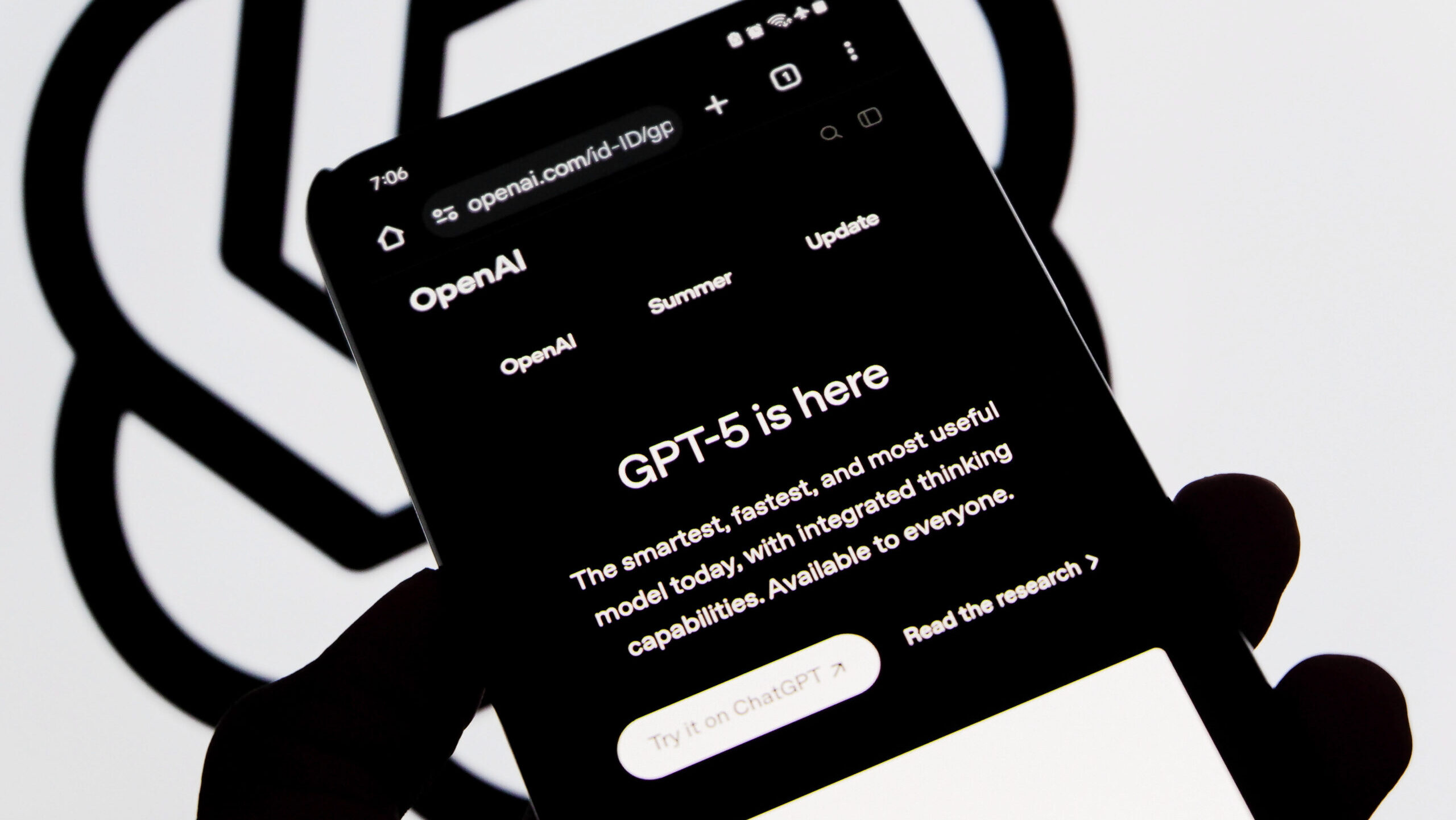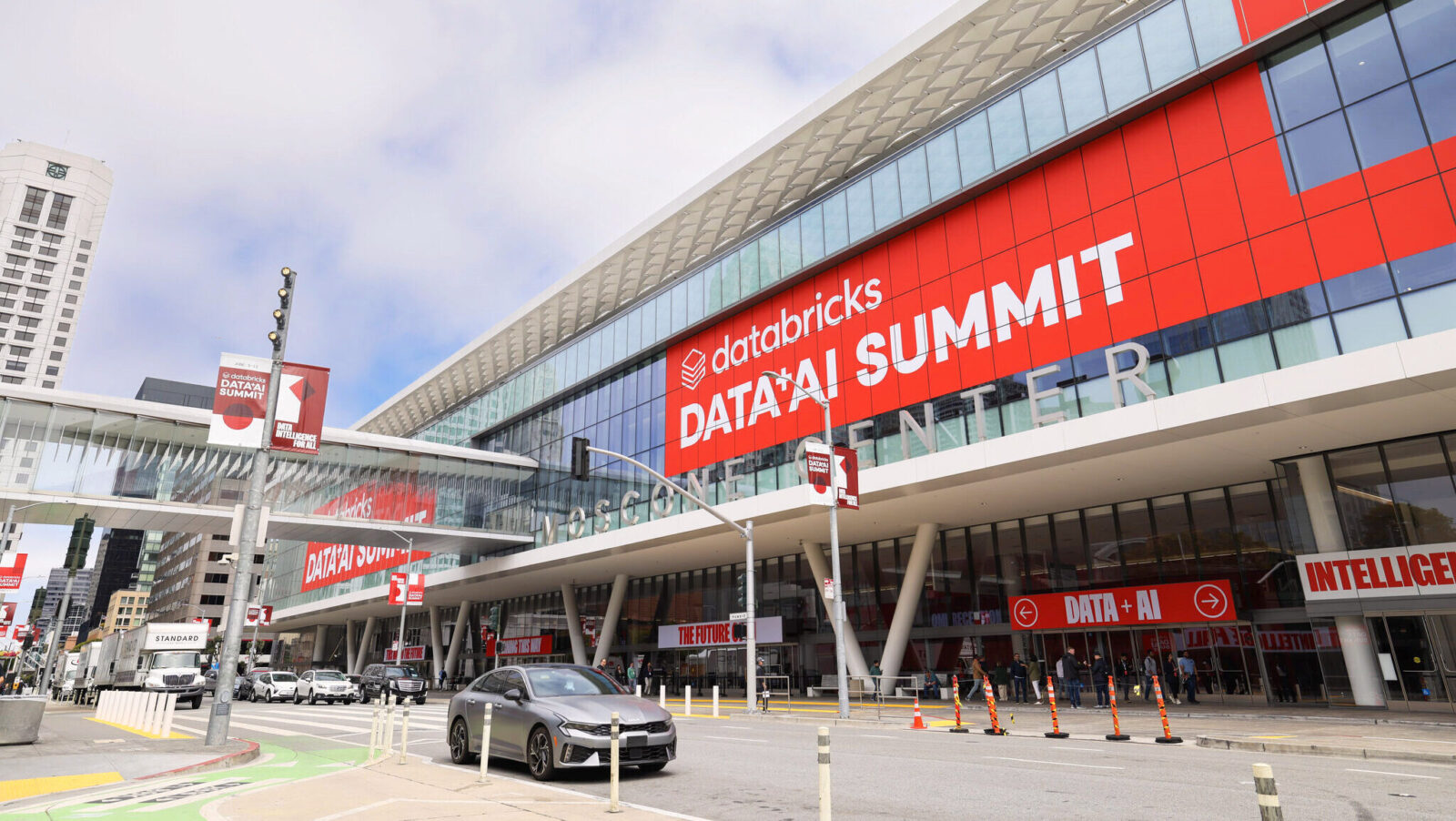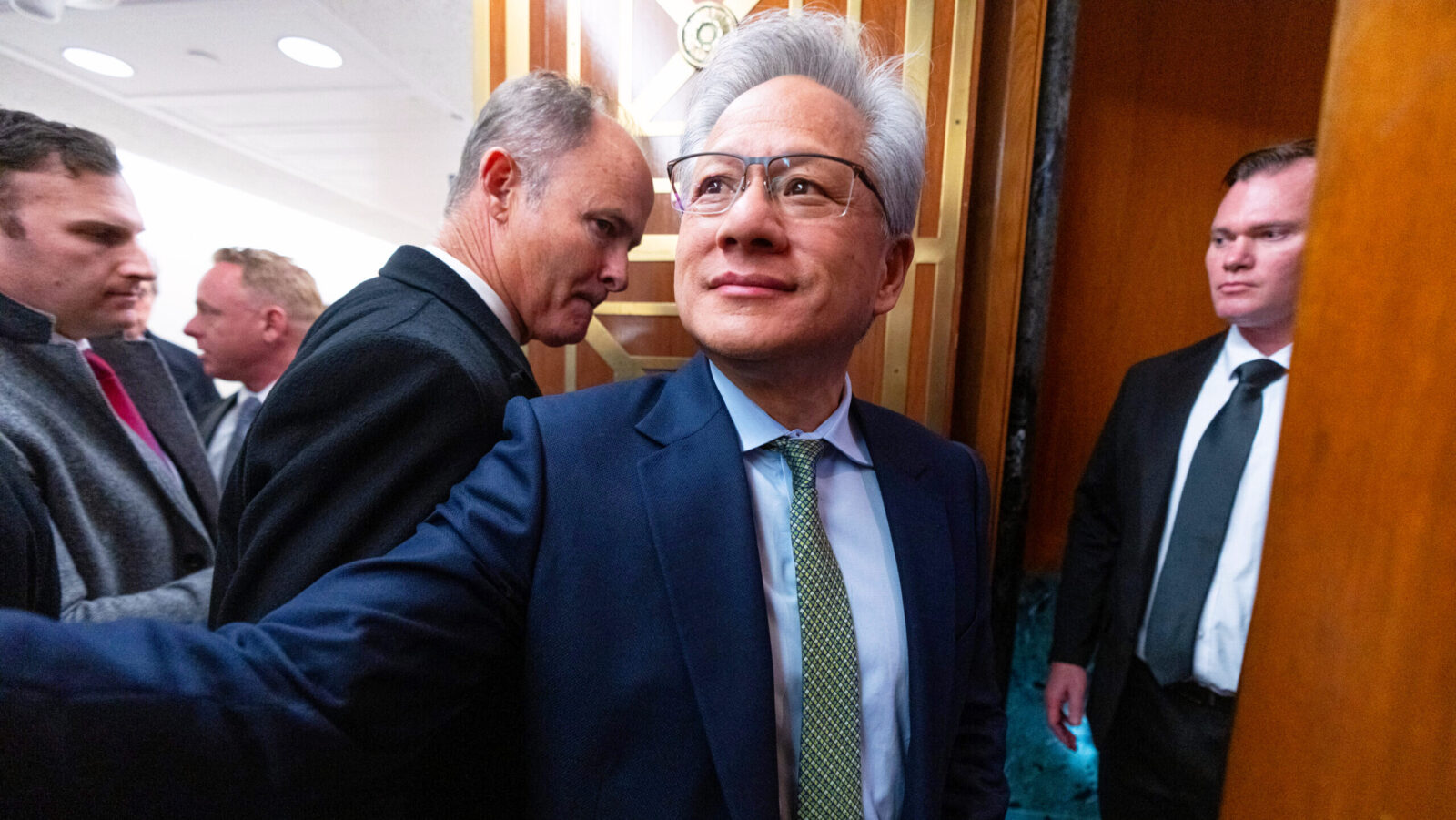Can OpenAI Recover From Botched GPT-5 Rollout?
Where recent iterations of ChatGPT allowed users to tinker with various settings, GPT-5 attempted to do the tinkering for the user.

Sign up for smart news, insights, and analysis on the biggest financial stories of the day.
Perhaps for the first time in its history, OpenAI is playing defense.
Last week, the AI firm released GPT-5, the latest model of its preeminent chatbot that CEO Sam Altman touted as a one-size-fits-all AI model. The backlash was immediate: Apparently, the new size fit very few dedicated ChatGPT users, and OpenAI has spent this week scrambling to make up for the blunder. Which begs the question: With competitors, especially deep-pocketed Big Tech firms, on the rise, can OpenAI afford to lose a step?
Model Behavior
Where recent iterations of ChatGPT allowed users to tinker with various settings, the initial version of GPT-5 attempted to do the tinkering for the user based on the prompts they were using. In essence, the one-size-fits-all model was actually a model that changed the size of its efforts depending on what it thought the user’s needs were. Users quickly complained, however, that the system didn’t seem to work all that well. By Tuesday of this week, the company added more settings options, while making legacy versions of ChatGPT available to users as well. Meanwhile, after designing GPT-5’s personality to be “not as annoying (to most users),” per Altman, the company added in personality customization tools when users complained the latest model lacked some spark. In other words, after trying to make ChatGPT as streamlined as possible, OpenAI has instead made it arguably more customizable than ever.
That may not be the worst thing in the world. The market for AI is increasingly crowded, and enterprise clients are looking for flexibility — with open-source models particularly favored by international firms (OpenAI released its first open-source model, gpt-oss, earlier this month). “At any point in time, we probably have a stable of about 10 open-source models that we’re using,” Donald MacDonald, an executive at Oversea-Chinese Banking Corp., recently told The Wall Street Journal.
Translation: Unlike past tech eras, the AI war may not be winner-take-all. As for OpenAI, it still has good cards to play:
- For starters, ChatGPT’s nearly 800 million weekly active users tower above the competition, while major US cloud providers like Amazon Web Services are offering clients access to gpt-oss, thanks to its low cost. That does come with a downside: costs. Unlike previous tech giants, chatbot operators don’t benefit from ultra-low marginal costs to add users; AI’s scaling costs are taking the “hyper” out of “hyperscalers.”
- Still, ChatGPT’s massive user base and the data it produces are likely to be highly valuable. The company is quietly launching partnerships with finance firms like Stripe and Visa, as well as consumer platforms like Booking.com and Instacart, and retail players like Mattel and Lowe’s, setting the stage for what AI research firm SemiAnalysis recently posited will be a “Consumer SuperApp.”
What the Zuck: Leading OpenAI’s charge to create such an app is recent hire Fidji Simo, the former CEO of Instacart and, perhaps more importantly, a former executive of Facebook widely credited for revolutionizing the platform’s ability to monetize its massive user base. Sorry, Zuckerberg: You can poach all the OpenAI “superintelligence” talent that you want, but at the end of the day, this is about making money.











